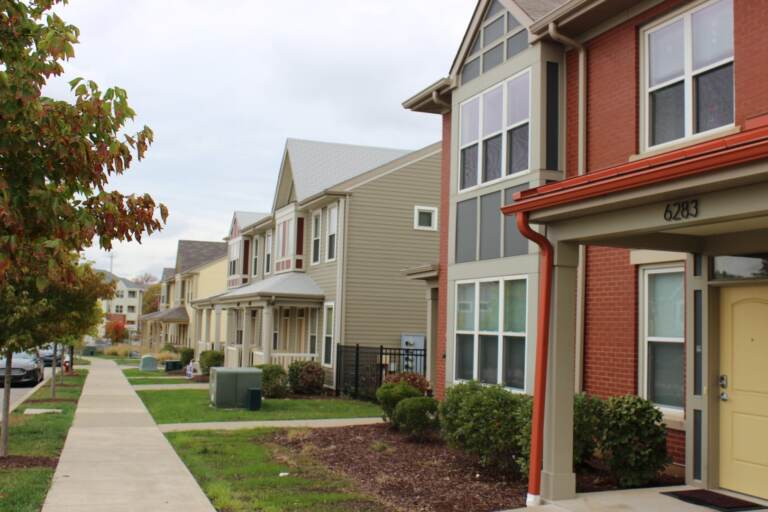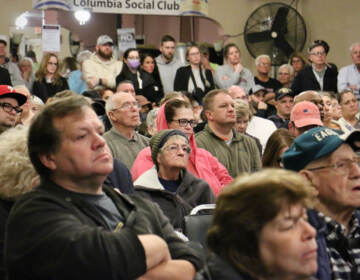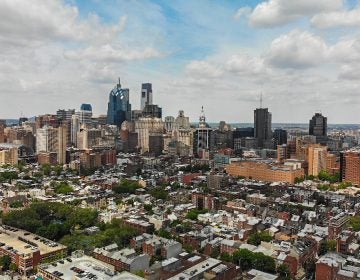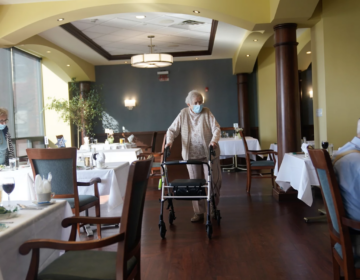With COVID-era foreclosure protections expired, filings are climbing in Pennsylvania — though aid is available
Pennsylvania received $350 million in federal assistance to aid homeowners; the money must be spent by September 2025.

A report finds Black homebuyers in Pennsylvania face hurdles to homeownership. ( Katie Blackley/WESA)
This story originally appeared on WESA
With the expiration of COVID-era foreclosure protections, the number of residential foreclosure filings is creeping back up, both statewide and in Allegheny County.
However, foreclosure filings remain mostly below “normal” pre-COVID levels, likely because of the amount of financial assistance still available for certain homeowners.
The state’s Homeowner Assistance Fund, or PAHAF, has disbursed more than $87 million in aid as of last week, according to its most recent statistics. Some of those funds have gone to utility and property tax assistance for homeowners, in addition, to help with mortgage arrears.
Pennsylvania received $350 million in federal assistance to aid homeowners; the money must be spent by September 2025.
Homeowners can get up to $50,000 in mortgage assistance and up to $5,000 and $8,000 in utility and tax assistance through PAHAF.
Those caps initially were lower when the program rolled out — only $30,000 in mortgage help and $3,000 and $5,000 in utility and tax aid respectively — but they were increased after seeing that need was higher than first anticipated, said Kelly Wilson, who runs the program for the Pennsylvania Housing Finance Agency.
Of the more than 23,000 applications, funds have been disbursed to more than 9,000.
Some slowness in approving applications is due to issues with mortgage servicers, said Wilson, and because the program must deal with numerous utility companies and taxing bodies as it also covers those forms of assistance for homeowners. She added that processing applications has gotten quicker since the program started. The average processing time — from applications to completed payments — was 48 days, she said, citing the most recent data she had available.
“It’s such a vitally important program,” Dan Sullivan, housing stabilization program manager at the nonprofit organization Action Housing, said of PAHAF.
Among the reasons why homeowners didn’t qualify for assistance from the program and were turned down: their income loss was not COVID-related, they didn’t hold title to the property, or the applicant had no income and thus would not be able to make mortgage payments going forward. Other reasons: the applicant wasn’t yet delinquent on a mortgage or other bills, their income was too high, and/or the applicant didn’t provide the documents needed quickly enough, according to a report from PHFA to the state legislature.
In Allegheny County, there were roughly 150 to 180 residential foreclosure filings in a given month during each of several years prior to the pandemic. Statewide, there were roughly 20,000 to 25,000 residential foreclosure filings annually during the several years prior to the pandemic.
WHYY is your source for fact-based, in-depth journalism and information. As a nonprofit organization, we rely on financial support from readers like you. Please give today.





![CoronavirusPandemic_1024x512[1]](https://whyy.org/wp-content/uploads/2020/03/CoronavirusPandemic_1024x5121-300x150.jpg)


